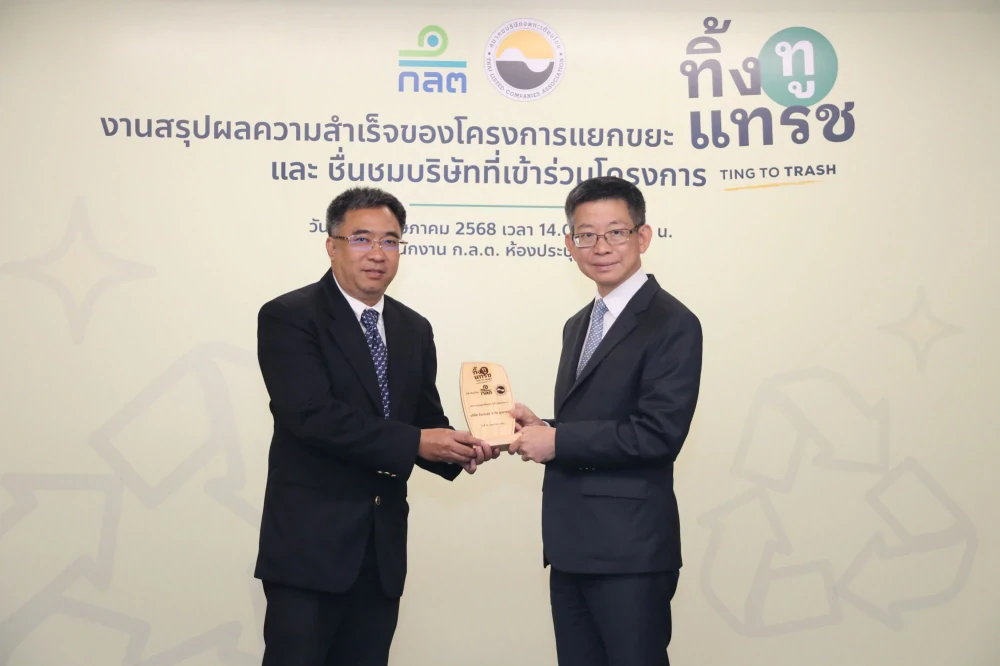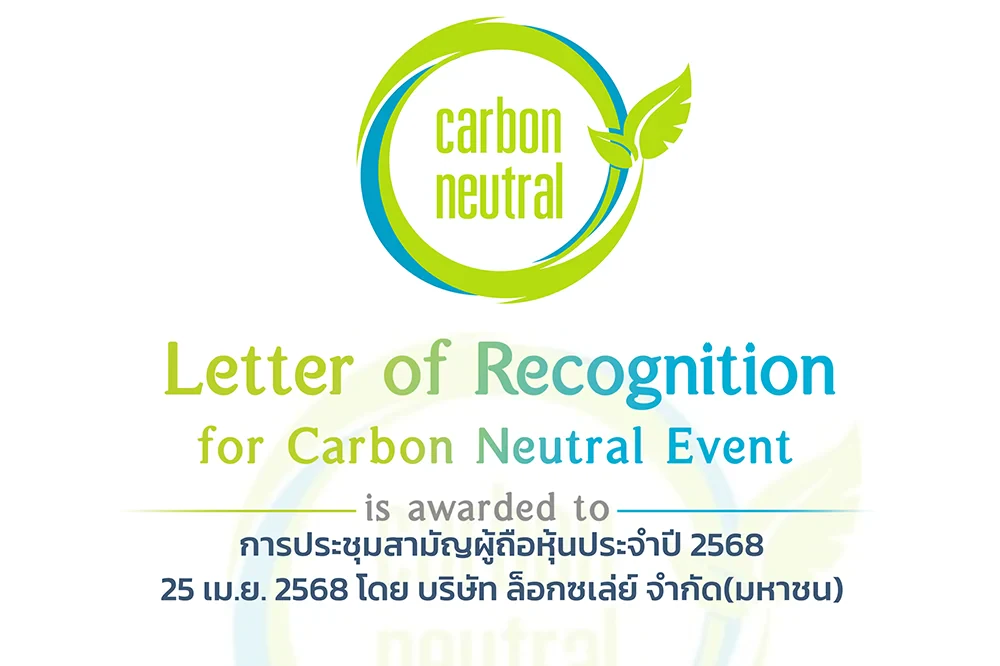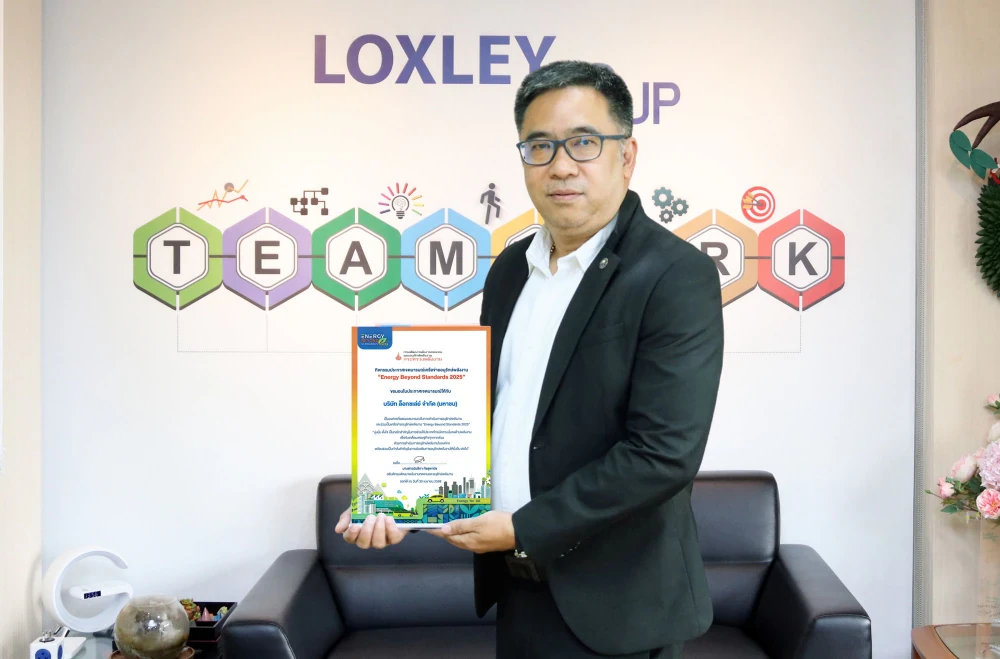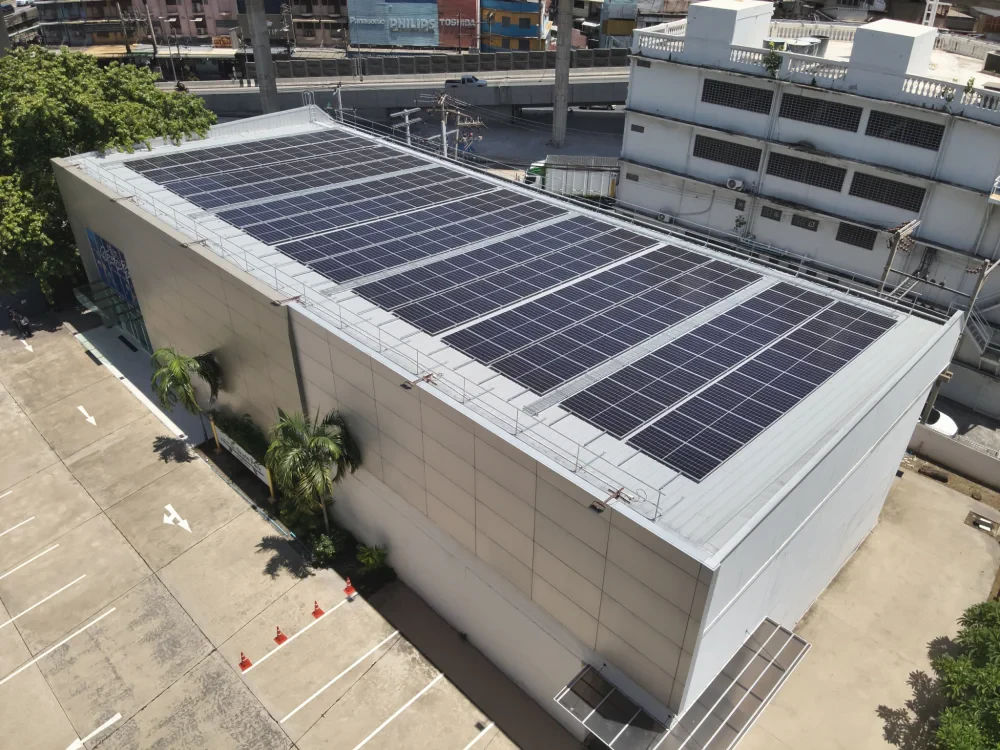
Climate Change
Organizational Importance and Commitment
Climate change is one of urgent issues broadly affecting the economic, social, and environmental system, especially business and production sectors that may confront some risks from natural disaster, uncertainty of resources, and changes in national and international policies. The Company realized the importance of this problem, and inserted it as a key issue when setting up the corporate strategy and operating guideline so that the Company could manage any potential risks deriving from such climate change in terms of adaptation and mitigation of greenhouse gas emissions. Consequently, the Company would have fewer risks, and have better flexibility in its business operation in the long term.
Opportunities and Impact
The Company has carried out the risk assessment and business opportunities deriving from the climate change in order to obtain the important information for the strategy planning and business decision-making, which would make the Company’s business operation continue and sustainable, and generate competitiveness in the era when the low-carbon society is the main trend.
Supporting the SDGs Goals
Goal 7:
Goal 13:
Stakeholders Directly Impacted
Goals and Performance
| ESG Performance Indicators and Targets | 2024 Performance Results |
|---|---|
| Short-term goal | |
| Report greenhouse gas emissions for Scope 1, Scope 2 and Scope 3 operations of Loxley Plc. to establish baseline data. |
Scope 1 emissions: 536 tCO2e Scope 2 emissions: 1,319 tCO2e Scope 3 emissions: 414 tCO2e |
| The amount of greenhouse gas emissions reduced from various activities is 27 tCO2e |
68.23 tCO2e |
| Long-term goal | |
| Reduce greenhouse gas emissions by 20% by the year 2030 compared to the baseline year. | The preparation of the baseline year greenhouse gas emissions data has been completed and successfully verified. |
Management Guidelines
Strategy
Management Approaches
- Support the preparation of organizational greenhouse gas emission and absorption reports, and seek external verification to understand emissions across activities. This enables targeted planning to reduce emissions and minimize environmental impact.
- Promote efficient resource use through various activities to cultivate awareness of resource conservation, environmental care, and encourage employee participation.
- Increase the proportion of renewable energy and clean energy usage.
- Establish activity plans and targets to reduce landfill waste.
- Build collaborative networks with business partners to carry out environmental and sustainability activities aimed at reducing greenhouse gas emissions.
- Integrate environmental and sustainability issues into business processes and set related performance targets for relevant business units and support departments.
Climate Change Response Plan
- Adaptation to Climate Change
- Providing and developing the business continuity management plan to cope with any risks deriving from the natural disaster and climate variability. The risks deriving from the climate change would be also included when considering the Company’s risk management plan.
- Changing the working procedure, changing any equipment or technology to be fit to the environment and climate change such as change of working hours or change of the uniform for employees working outdoor, etc.
- Supplying producers, alternative dealers, or substitute goods as alternatives if there is any emergency or crisis due to the climate change.
- Transferring some risks to other external agencies or the third parties who could cope with those risks better, e.g., making insurance, making the futures contract or financial contract, transfer or identifying responsibilities, or cooperating with suppliers to share risks, etc.
- Reduction of Greenhouse Gas Emissions
- Lifting efficiency in using resources, energy, and increasing the use of alternative energy.
- Promoting the use of materials or technologies emitting low carbon.
- Measuring and monitoring the greenhouse gas emission and absorption in the operating procedure of the Company.
- Monitoring technologies, and being involved in developing innovations to reduce the greenhouse gas emissions, technologies for carbon capture and storage, or increasing greenhouse gas absorption sources through various projects.
- Collaboration and Communications
- Arranging training activities to educate or campaign the Company’s employees and stakeholders to have awareness and involvement.
- Joining hands with many communities and alliance networks to enhance the broad collaboration.
- Communicating and reporting the progress and work performance to the public.
- Giving support to government authorities and related agencies.
- Reducing Tap Water Consumption for Domestic Use in Office Buildings
- Reduction of Landfilled Waste
- Waste Segregation for Recycling
Key Developments
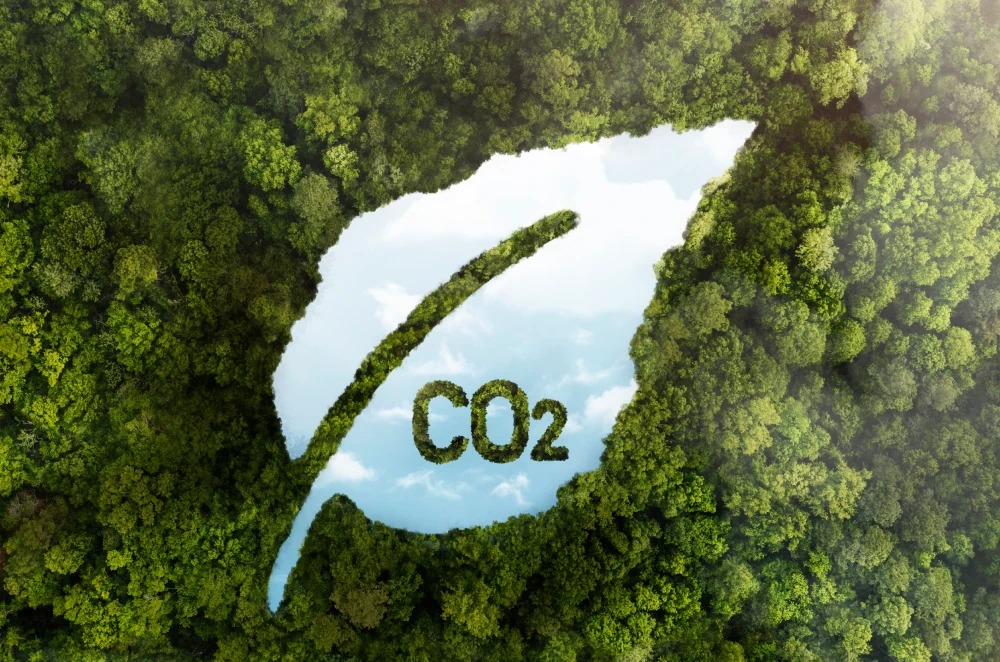
Emission Reduction Highlights
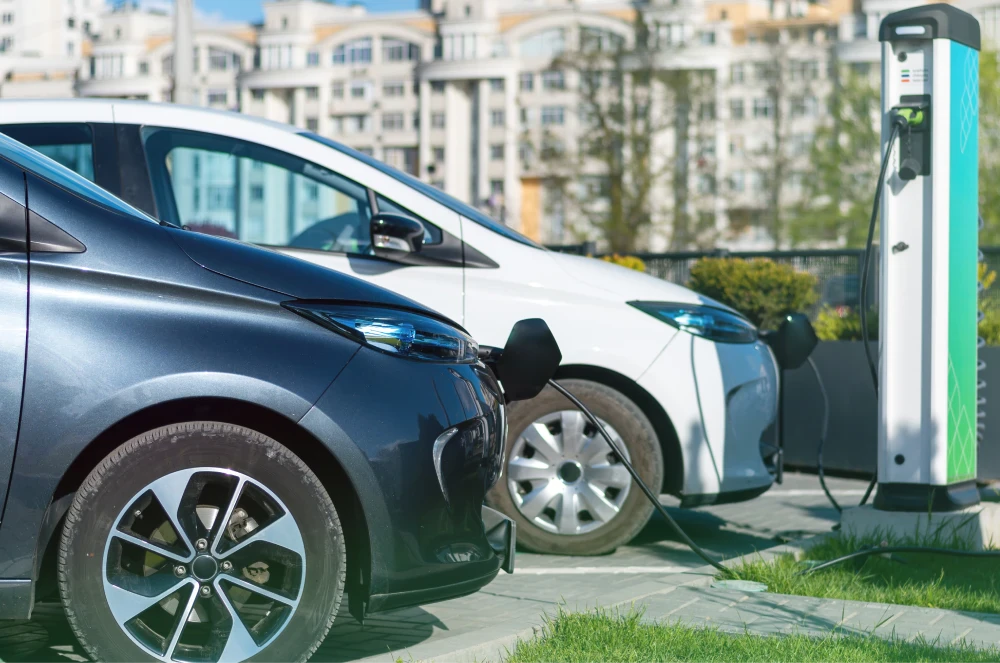
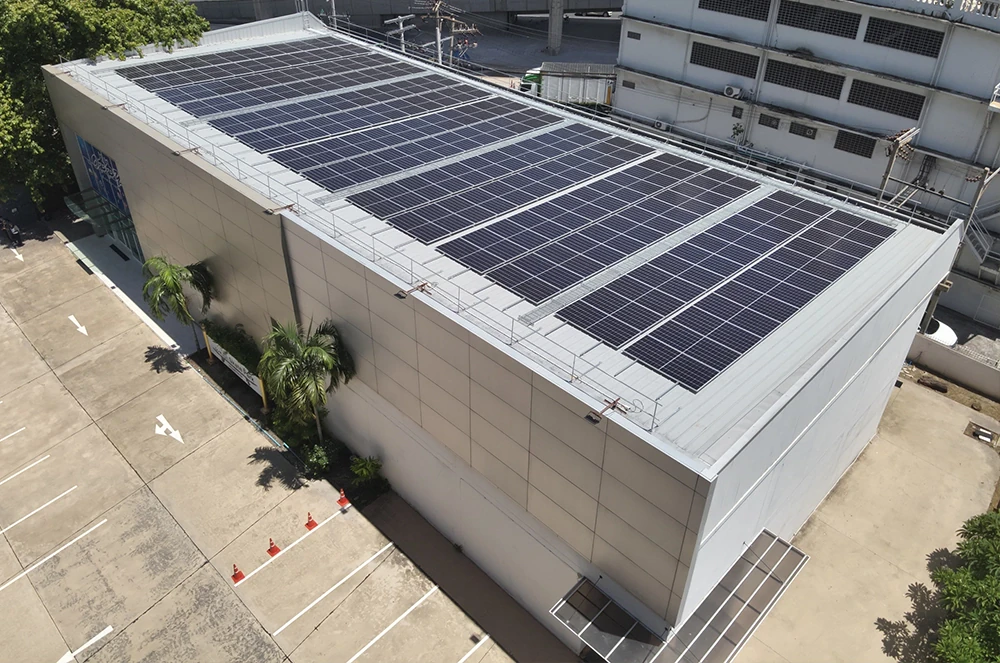

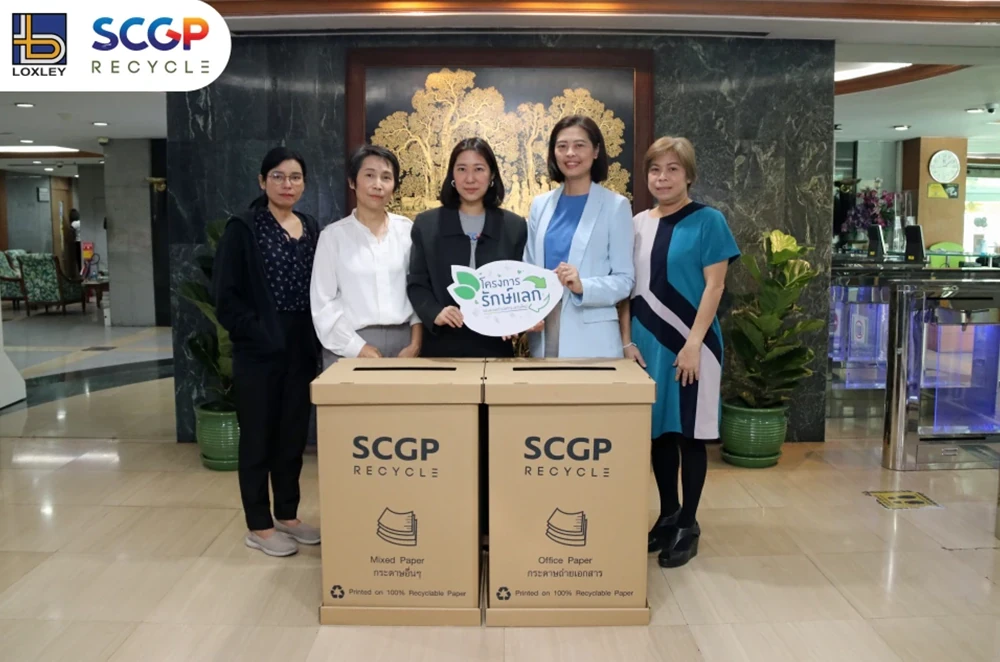
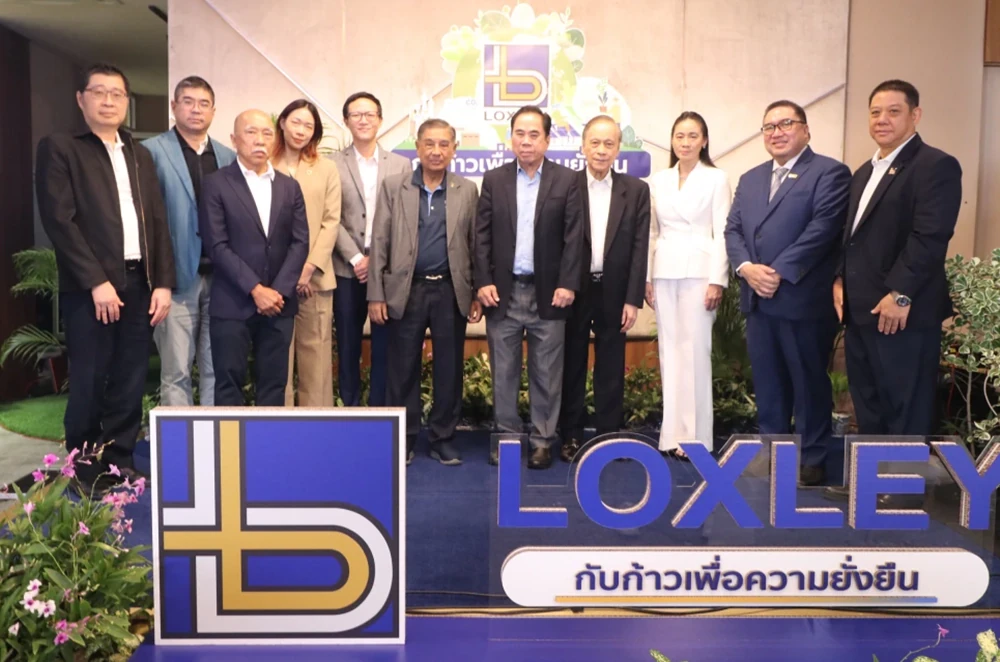
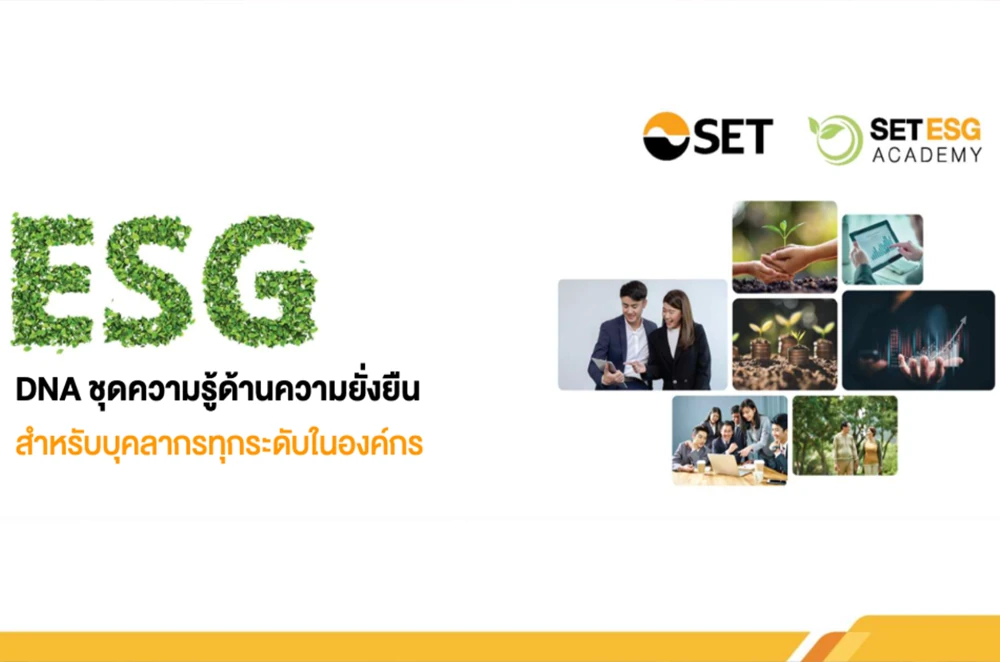

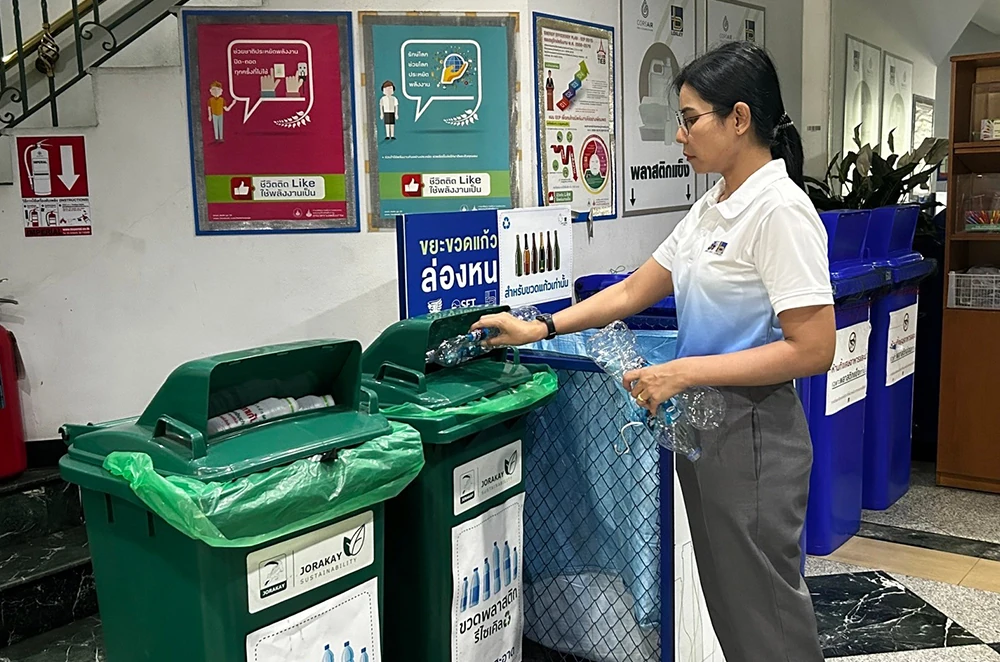
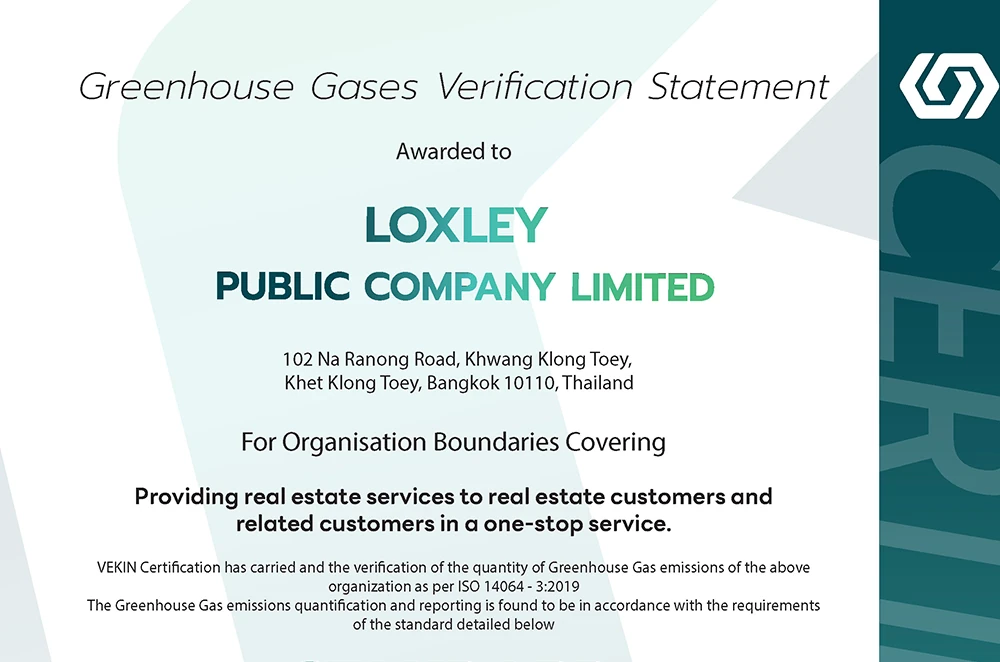
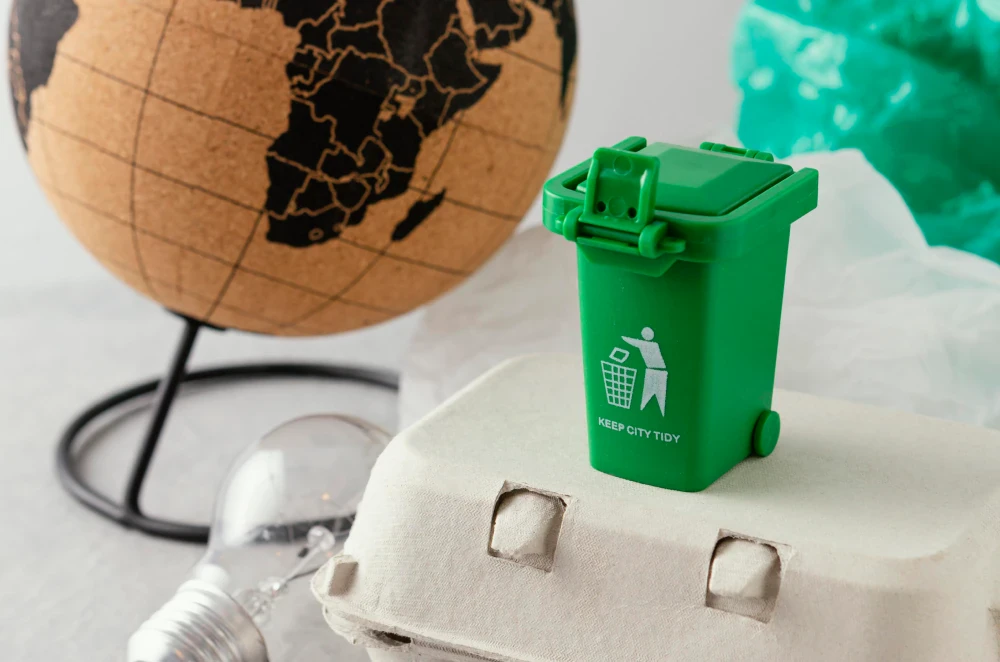
Collaboration and Implementation of Climate Change Action
Loxley is committed to taking action and collaborating with all sectors to reduce greenhouse gas emissions and mitigate the impacts of climate change. This commitment aligns with Nationally Determined Contribution (NDC) targets and the Thailand’s aspiration to achieve carbon neutrality by 2050 and net-zero greenhouse gas emissions by 2065, as declared at the 26th UN Climate Change Conference of the Parties (COP26). The Company actively partners with a wide range of stakeholders, including the Securities and Exchange Commission (SEC), the Stock Exchange of Thailand (SET), as well as various government agencies and relevant business organizations. These include the Department of Alternative Energy Development and Efficiency (DEDE), the Thailand Greenhouse Gas Management Organization (Public Organization), and the Electricity Generating Authority of Thailand (EGAT). Through these partnerships, Loxley aims to support national environmental policies, implement climate action initiatives, and foster collaborative networks for sustainability.
The Company actively participates in implementation efforts and continuously monitors progress through various channels such as joint activities, discussions, meetings, and annual performance reporting to ensure that its collaboration with partners effectively supports climate change action goals.
